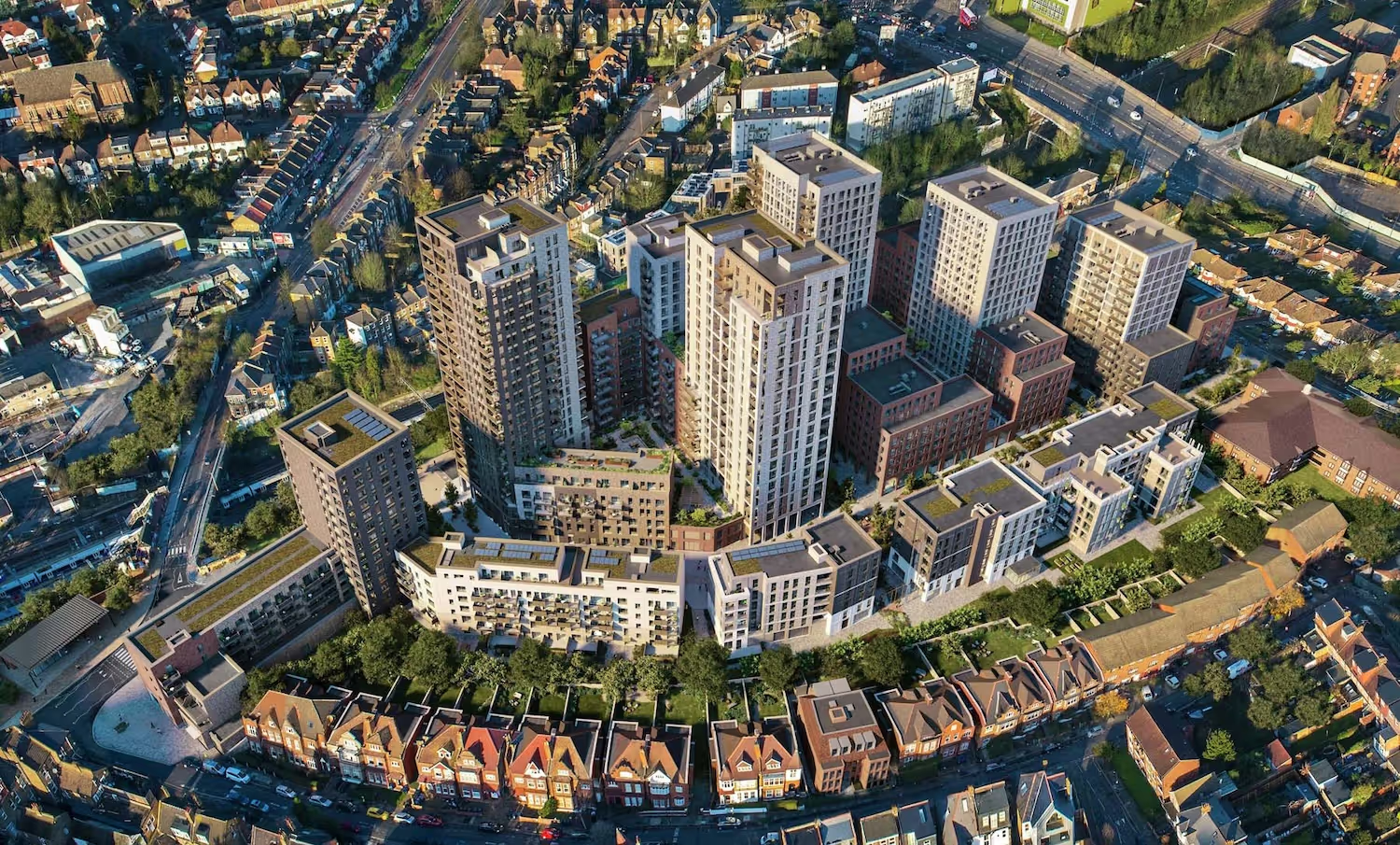Bankside Lofts Judgment: A Watershed Moment for Rights of Light
In a recent High Court decision (Cooper & Powell v Ludgate House Ltd), two homeowners secured £850,000 in compensation after their flats were overshadowed by a completed tower in central London. The case reaffirms the strength of rights of light claims, even post-construction, and confirms that well-supported claimants can secure substantial awards without the need for an injunction.
The High Court’s judgment in Cooper & Powell v Ludgate House Ltd ([2025] EWHC 1724 (Ch)) is now out and it’s a game-changer.
On the surface, it might look like a compromise: no injunction, a post-construction development, and two flats affected. But the real story is that two ordinary homeowners were awarded £850,000, using the full force of the law to challenge a completed tower. That happened because they litigated. And they won because their rights were enforced seriously, strategically, and with credibility.
1. What the Judgment Actually Said and Why It Matters
This was a rights of light dispute involving Arbor Tower, part of the Bankside Yards development. The claimants Mr Cooper and Mr & Mrs Powell own flats in Bankside Lofts, adjacent to the site. They alleged that Arbor interfered with their acquired rights of light and sought either:
- An injunction (to cut back or demolish part of the tower), or
- Negotiating damages (a share of the developer’s gain from overriding their rights).
The court found:
- Actionable loss of light had occurred, using the Waldram method and the 50% adequacy rule;
- The interference was substantial in both cases;
- An injunction was refused on proportionality and delay grounds;
- Negotiating damages were awarded: £500,000 to the Powells £350,000 to Mr Cooper
These were based on a hypothetical 2019 negotiation, assuming the developer was willing to pay a proper price to proceed, and the claimants were prepared to litigate unless paid fairly.
2. "Business as Usual" Neighbours Still Have Serious Leverage
This judgment is not a green light for developers. If anything, it confirms:
- The Waldram method is alive and well. The court rejected Radiance-based methods and reaffirmed Waldram as the legal benchmark for sufficiency.
- The 50% adequacy threshold remains authoritative, providing clarity and consistency.
- Section 203 cannot be applied retrospectively. Arbor was completed before appropriation, and the developer couldn’t rely on statutory immunity.
- Negotiating damages are the go-to remedy where claimants want to enforce. This case shows that those damages can run into six figures and fast.
The real message is simple: well-advised and well-funded neighbours can still win.
3. The Economics of Litigation And Why Most People Never See Justice
Here's the uncomfortable truth: most claimants never even try to enforce their rights. Why?
- The process is complex and expensive.
- Litigation takes time and carries risk.
- Developers often offer nuisance-level settlements sometimes a few thousand pounds knowing claimants can’t afford to fight.
In this case, the book values for the two flats were:
- Flat 605 (Powells): £9,000
- Flat 705 (Cooper): £5,750
Most people are offered a 3-5x uplift on the book value. But the Powells and Mr Cooper were awarded £500,000 and £350,000, a 55.5x and 60.8x uplift on those figures.
They got that because they were prepared to go the distance.
4. Strategic Takeaways for Claimants
This case proves several critical points:
- Book value uplift is not the market rate for rights of light. That model is for people who want to be bought off quietly.
- Claimants who litigate and threaten injunctions can demand a share of the developer’s profit and the courts will support that.
- The loss doesn’t need to be catastrophic. Even moderate interference to one room led to a £350,000 award for Mr Cooper.
- Compensation can be 30–55% of the entire property value.
- Credibility is everything and nothing builds credibility like having the funding and legal team to see it through.
5. What the Industry Was Watching For And What Was Confirmed
Before the judgment, developers and advisers were hoping the court would:
- Weaken the Waldram test;
- Diminish the 50% rule;
- Accept retrospective use of Section 203;
- Shift focus to diminution in value (low damages);
- Disregard litigation conduct;
- Treat “inability to read in bed” claims as trivial.
None of that happened. In fact, Mr Justice Fancourt went in the opposite direction: confirming rights, reinforcing established methodology, and supporting meaningful compensation.
6. Why Funding Changes Everything in Rights of Light Cases
This judgment exposes the real divide in rights of light claims: it’s not about who has the better case, it’s about who can afford to pursue it.
At Daylight Protect, we change the equation. We:
- Facilitate the entire process – experts, surveyors, solicitors, barristers, court costs, and insurance;
- Charge nothing unless we win;
- Only recover our fees from the compensation we secure from the developer;
- Take the six-figure cost of litigation off your balance sheet and convert your daylight loss into a financial asset.
No homeowner should settle for £9,000 when £500,000 is on the table.
Final Word
Let’s be clear: Arbor Tower wasn’t cut back. But it cost the developer £850,000 just to settle two flats. And that only happened because those claimants had the will, the evidence, and the support to enforce their rights.
Without that, they’d have walked away with £40,000-£50,000. Maybe less.
This case proves that rights of light remain powerful. But it also proves that only those willing to push will get paid properly.
If you’re affected by development, or advising someone who is, speak to Daylight Protect. We’ll assess the case free of charge and if the claim has legs, we’ll facilitate it all the way to court.
No cost. No risk. Just results.
Similar insights

